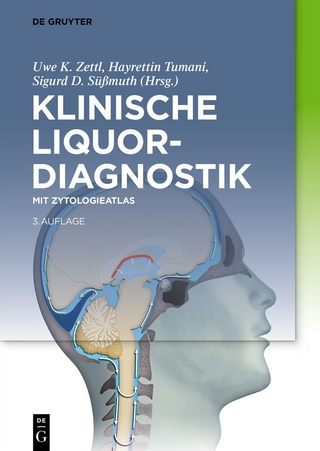
Laboratory Experiments in Microbiology Lab Manual
Pearson Education (US) (Verlag)
978-0-8053-8452-9 (ISBN)
- Titel erscheint in neuer Auflage
- Artikel merken
This fully revised lab manual includes 56 exercises with objectives, background, materials, techniques required and procedures for each. More than 225 illustrations show equipment, proper techniques, and proper lab results.
Introduction. Laboratory Safety. I: MICROSCOPY. 1. Use and Care of the Microscope. 2. Examination of Living Microorganisms. II: STAINING METHODS. 3. Preparation of Smears and Simple Staining. 4. Negative Staining. 5. Gram Staining. 6. Add-fast Staining. 7. Structural Stains (endospore, capsule, and flagella). 8. Morphologic Unknown. III: CULTIVATION OF BACTERIA. 9. Microbes in the Environment. 10. Transfer of Bacteria: Aseptic Technique. 11. Isolation of Bacteria by Dilution Techniques. 12. Special Media for Isolating Bacteria. IV: MICROBIAL METABOLISM. 13. Carbohydrate Catabolism. 14. Fermentation of Carbohydrates. 15. Protein Catabolism, Part 1. 16. Protein Catabolism, Part 2. 17. Respiration. 18. Rapid Identification Methods. V: MICROBIAL GROWTH. 19. Oxygen and the Growth of Bacteria. 20. Determination of a Bacterial Growth Curve: The Role of Temperature. 21. Other Influences on Microbial Growth: Osmotic Pressure and PH. VI: CONTROL OF MICROBIAL GROWTH. 22. Physical Methods of Control: Heat. 23. Physical Methods of Control: Ultraviolet Radiation. 24. Chemical Methods of Control: Disinfectants and Antiseptics. 25. Chemical Methods of Control: Antimicrobial Drugs. 26. Effectiveness of Hand Scrubbing. VII: MICROBIAL GENETICS. 27. Isolation of Bacterial Mutants. 28. Transformation of Bacteria. 29. DNA Fingerprinting. 30. Genetic Engineering. 31. Ames Test for Detecting Possible Chemical Carcinogens. VIII: THE MICROBIAL WORLD. 32. Unknown Identification. 33. Fungi: Yeasts. 34. Fungi: Molds. 35. Phototrophs: Algae and Cyanobacteria. 36. Protozoa. IX: VIRUSES. 37. Isolation and Titration of Bacteriophages. 38. Plant Viruses. X: INTERACTION OF MICROBE AND HOST. 39. Epidemiology. 40. Kochs Postulates. XI: IMMUNOLOGY. 41. Nonspecific Resistance. 42. Blood Group Determination: Slide Agglutination. 43. Agglutination Reactions: Microtiter Agglutination. 44. Fluorescent-Antibody Technique. XII: MICROORGANISMS AND DISEASE. 45. Bacteria of the Skin. 46. Bacteria of the Respiratory Tract. 47. Bacteria of the Mouth. 48. Bacteria of the Gastrointestinal Tract. 49. Bacteria of the Urogenital Tract. 50. Identification of An Unknown From a Clinical Sample. XIII: MICROBIOLOGY AND THE ENVIRONMENT. 51. Microbes in Water: Multiple-Tube Technique. 52. Microbes in Water: Membrane Filter Technique. 53. Microbes in Food: Contamination. 54. Microbes Used in the Production of Food. 55. Microbes in the Soil: The Nitrogen and Sulfur Cycles. 56. Microbes in Soil: Bioremediation. APPENDICES. A. Pipetting. B. Dilution Techniques and Calculations. C. Use of the Spearophotometer. D. Graphing. E. Use of the Dissecting Microscope. F. Use of the Membrane Filter. G. Electrophoresis. H. Keys to Bacteria.
| Erscheint lt. Verlag | 15.5.1998 |
|---|---|
| Verlagsort | Upper Saddle River |
| Sprache | englisch |
| Maße | 230 x 271 mm |
| Gewicht | 880 g |
| Themenwelt | Medizin / Pharmazie ► Medizinische Fachgebiete ► Laboratoriumsmedizin |
| Naturwissenschaften ► Biologie ► Mikrobiologie / Immunologie | |
| ISBN-10 | 0-8053-8452-9 / 0805384529 |
| ISBN-13 | 978-0-8053-8452-9 / 9780805384529 |
| Zustand | Neuware |
| Haben Sie eine Frage zum Produkt? |
aus dem Bereich


